Dreams have long intrigued humanity, serving as a gateway to the subconscious mind, where fantasies and realities intermingle. Among the myriad of dreams, afternoon dreams hold a distinct fascination due to their occurrence during a transitional period between wakefulness and sleep.
In this article, we delve into the intricacies of an afternoon dream experienced by Huy Cuong in 2021, unraveling its symbolism, psychological significance, and potential insights into the human psyche.
Setting the Scene:
Huy Cuong’s afternoon dream unfolds against the backdrop of a serene landscape, perhaps reminiscent of a tranquil countryside or a secluded beach. The dream’s setting often serves as a canvas upon which the subconscious paints its narrative, symbolizing the dreamer’s inner landscape and emotional state.
Characters and Encounters:
Central to Huy Cuong’s dream are the characters and encounters that populate this ethereal realm. Whether familiar faces from reality or enigmatic strangers, each character symbolizes facets of the dreamer’s psyche or represents unresolved conflicts, desires, or aspirations.
Read Also: Spartan Capital Securities Llc Broker Jordan Meadow:
Symbolism and Interpretation:

Like a cryptic puzzle waiting to be deciphered, symbols in dreams often hold profound significance. Huy Cuong’s dream may feature recurring motifs such as flying, water, or encounters with mythical creatures, each carrying layers of meaning waiting to be unearthed. Through Jungian analysis or Freudian interpretation, one can unravel the latent messages hidden within these symbols, shedding light on the dreamer’s subconscious desires, fears, and aspirations.
Emotional Resonance:
Emotions serve as the lifeblood of dreams, infusing them with intensity and meaning. Huy Cuong’s afternoon dream may evoke a spectrum of emotions ranging from euphoria to anxiety, mirroring the complexities of human experience. Exploring the emotional landscape of the dream unveils insights into the dreamer’s innermost feelings and psychological state.
Transcending Reality:
In the realm of dreams, boundaries blur, and the laws of reality cease to hold sway. Huy Cuong’s afternoon dream may transcend the constraints of time, space, and logic, offering glimpses into alternate realities or parallel universes. Such experiences challenge our perceptions of reality and invite contemplation on the nature of existence.
Reflection and Integration:
Upon awakening, the remnants of the dream linger, inviting introspection and contemplation. Huy Cuong may find solace in journaling his dream, reflecting on its significance, and integrating its messages into his waking life. Through this process of reflection and integration, the dream transcends its ephemeral nature, leaving a lasting imprint on the dreamer’s consciousness.
The Narrative Arc:
Every dream unfolds like a story, with a beginning, middle, and end. Huy Cuong’s afternoon dream may follow a distinct narrative arc, characterized by rising action, climax, and resolution. Exploring the structure of the dream’s narrative offers insights into the dreamer’s subconscious storytelling tendencies and may reveal underlying patterns or themes embedded within the dream’s plot.
Sensory Impressions:
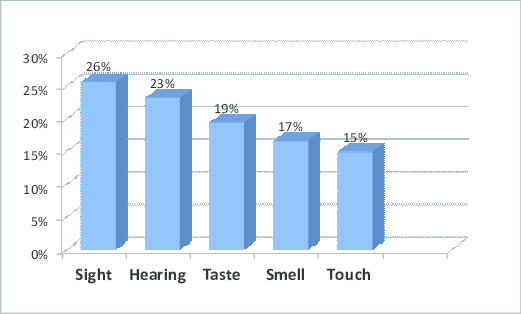
Dreams engage not only the mind but also the senses, offering a multisensory experience that transcends the boundaries of wakefulness. Huy Cuong’s afternoon dream may be replete with vivid sensory impressions, from the taste of exotic fruits to the feel of cool breeze against the skin. Examining the sensory landscape of the dream provides a deeper understanding of the dreamer’s sensory processing and emotional resonance with the dream’s environment.
Temporal Fluidity:
In the realm of dreams, time operates differently, bending and stretching at will. Huy Cuong’s afternoon dream may feature temporal anomalies, such as time loops, time dilation, or nonlinear sequences of events. Exploring the temporal fluidity of the dream illuminates the dreamer’s relationship with time and offers insights into their perception of past, present, and future.
Archetypal Imagery:
Embedded within Huy Cuong’s afternoon dream may lie archetypal imagery drawn from the collective unconscious, as postulated by Swiss psychiatrist Carl Jung. These archetypes, such as the hero, the shadow, or the wise old man, resonate across cultures and epochs, embodying universal themes and motifs. Identifying and interpreting the archetypal imagery within the dream unveils deep-seated cultural and psychological symbols that resonate with the human experience.
Lucidity and Control:
Dreams exist on a spectrum of lucidity, ranging from fragmented and chaotic to hyper-aware and controlled. Huy Cuong’s afternoon dream may offer moments of lucidity where the dreamer becomes aware of their dream state and may even exert control over the dream’s narrative. Exploring the interplay between lucidity and control sheds light on the dreamer’s level of self-awareness and agency within the dream world, offering insights into their psychological resilience and capacity for introspection.
Read Also: Tang Phuc Nguyen Si Kha • rainy day memories • 2023
Dream Symbols and Cultural Influences:
Dream symbolism is often influenced by cultural backgrounds, societal norms, and personal experiences. In Huy Cuong’s afternoon dream, certain symbols may carry cultural significance unique to his upbringing, beliefs, and cultural heritage. Exploring the cultural influences on dream symbols offers a nuanced understanding of the dreamer’s subconscious mind and sheds light on the interplay between personal and collective symbolism.
Interconnected Dreams and Dream Series:

Read Also: The 8 Best Places To Take Pictures In Tokyo – Here To Know!
Dreams are not isolated occurrences but can form interconnected narratives or series, spanning multiple nights or even years. Huy Cuong’s afternoon dream may be part of a larger dream series, where recurring themes, characters, or settings weave a tapestry of interconnected experiences. Examining the patterns and connections between Huy Cuong’s dreams unveils recurring motifs and themes that transcend individual dream episodes, offering insights into the continuity of the dreamer’s subconscious narrative.
Dream Evolution and Transformation:
Dreams are dynamic and subject to evolution and transformation over time. Huy Cuong’s afternoon dream may undergo changes in symbolism, narrative structure, or emotional tone upon reflection or subsequent retelling. Exploring the evolution of the dream over time illuminates the fluid nature of the subconscious mind and offers insights into the dreamer’s psychological growth, unresolved conflicts, or shifting aspirations.
Conclusion:
Huy Cuong’s afternoon dream serves as a microcosm of the enigmatic world of dreams, offering a glimpse into the labyrinthine depths of the human psyche. As we unravel its symbolism, delve into its emotional resonance, and reflect on its messages, we embark on a journey of self-discovery and introspection. For in the realm of dreams, the boundaries between reality and imagination blur, unveiling truths that resonate far beyond the confines of the nocturnal world.
Read Also:
. mega pack 500+ stl 3d print comic – Detailed
. Exploring the Mystery of 314159u – Unlocking the Secrets
. Exploring the Talents of Sadie Sandler – A Rising Star

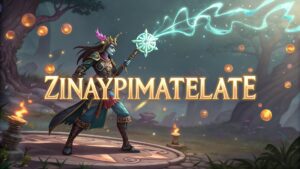







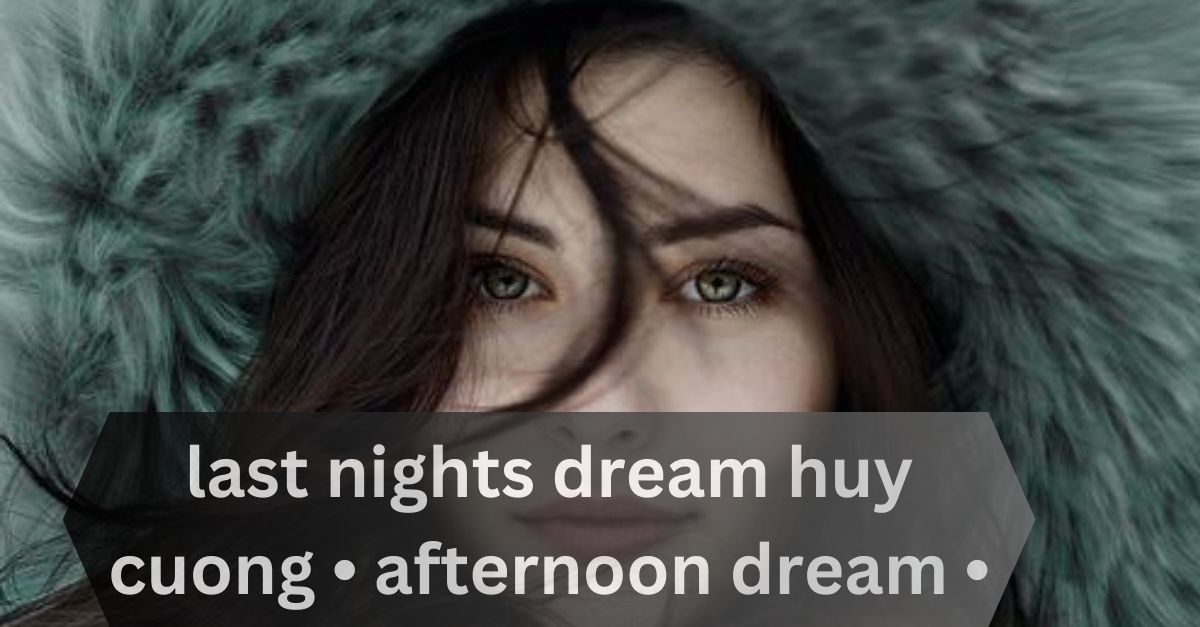




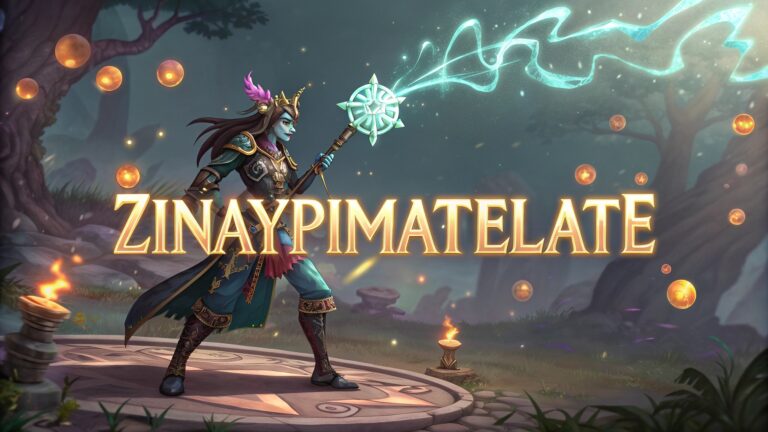


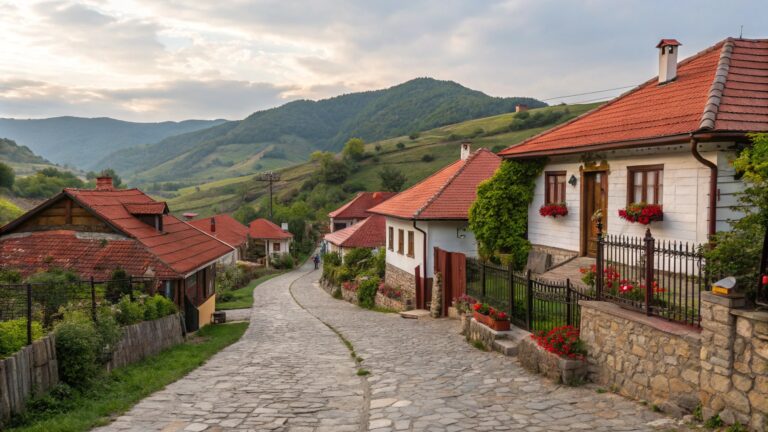


+ There are no comments
Add yours